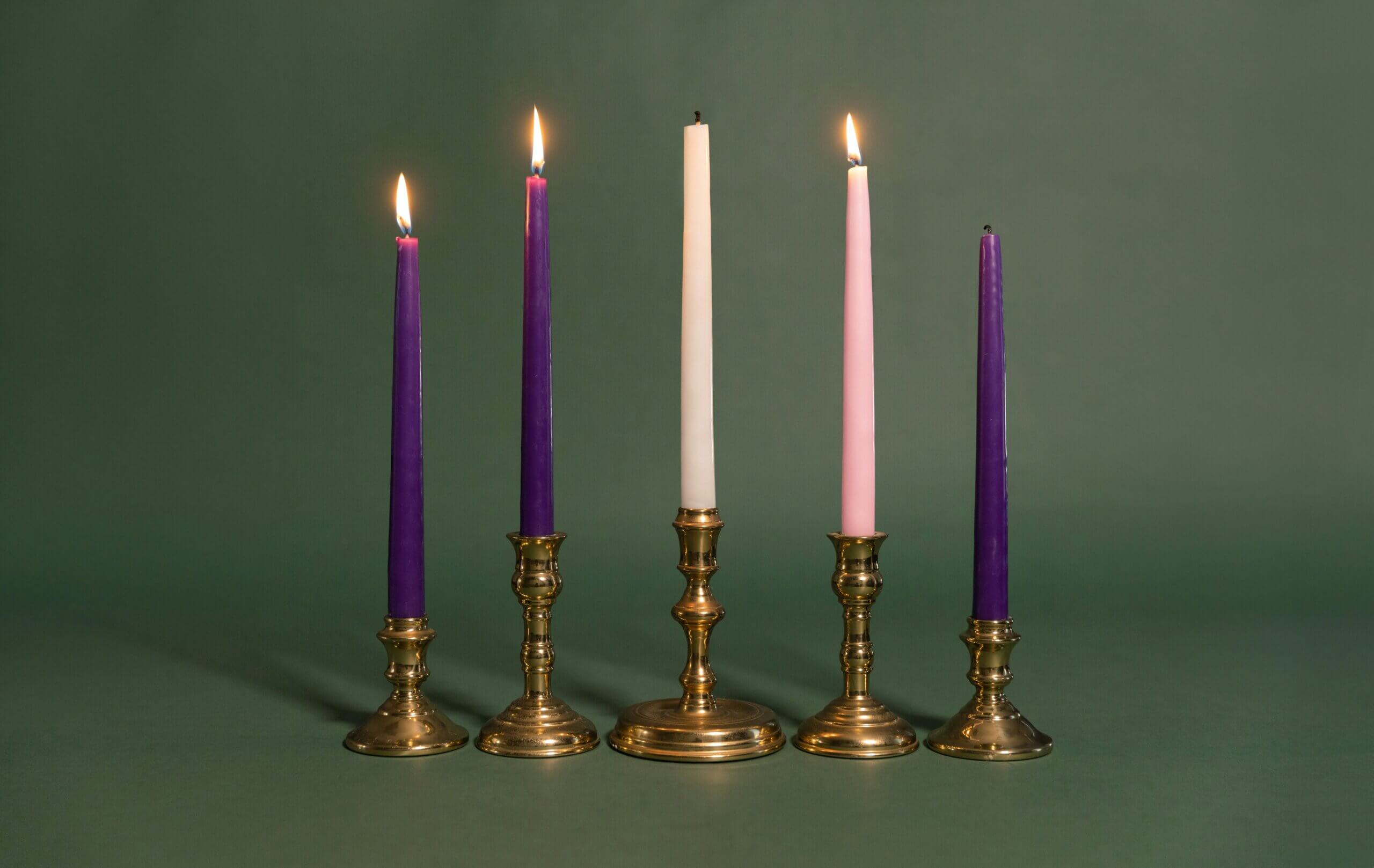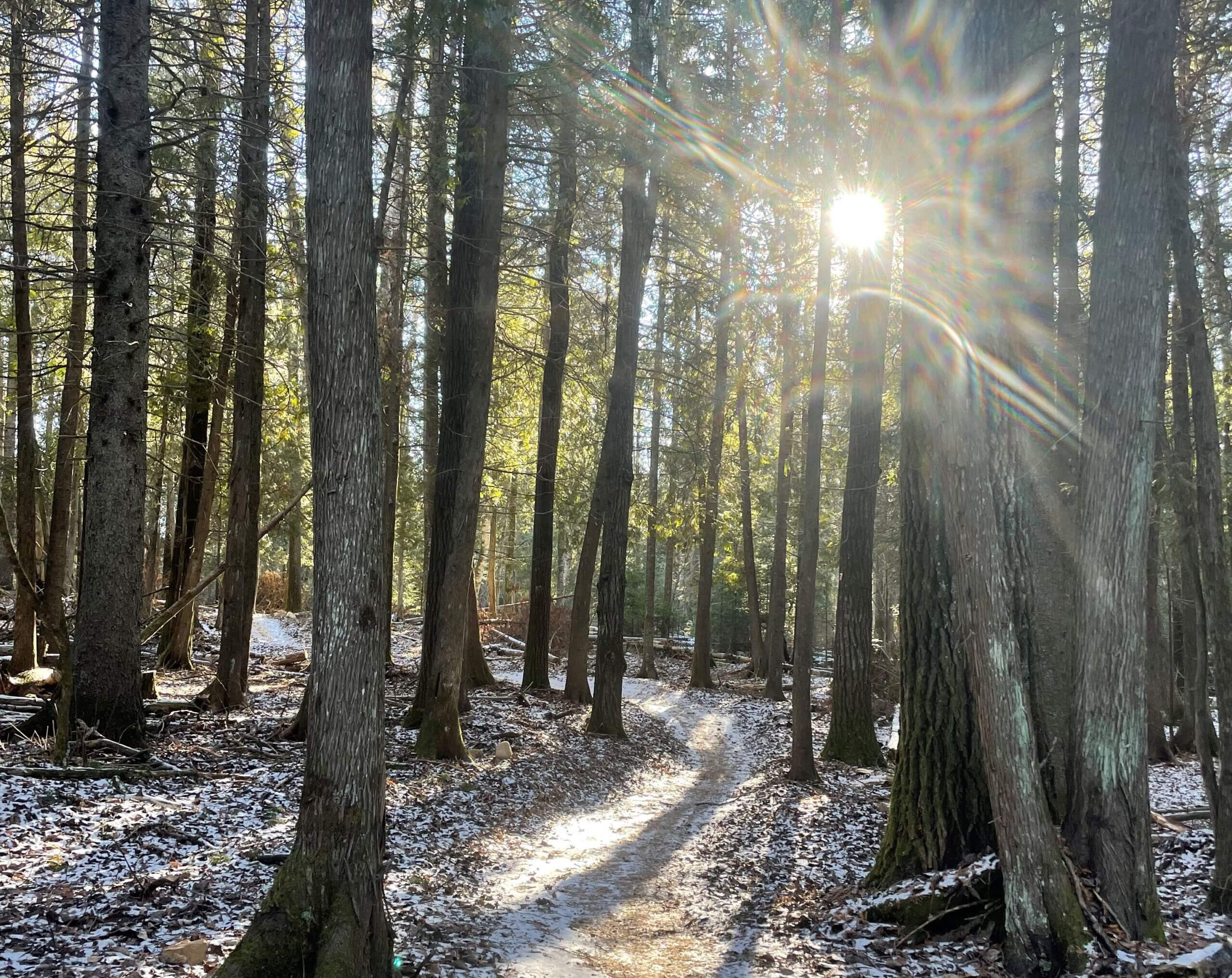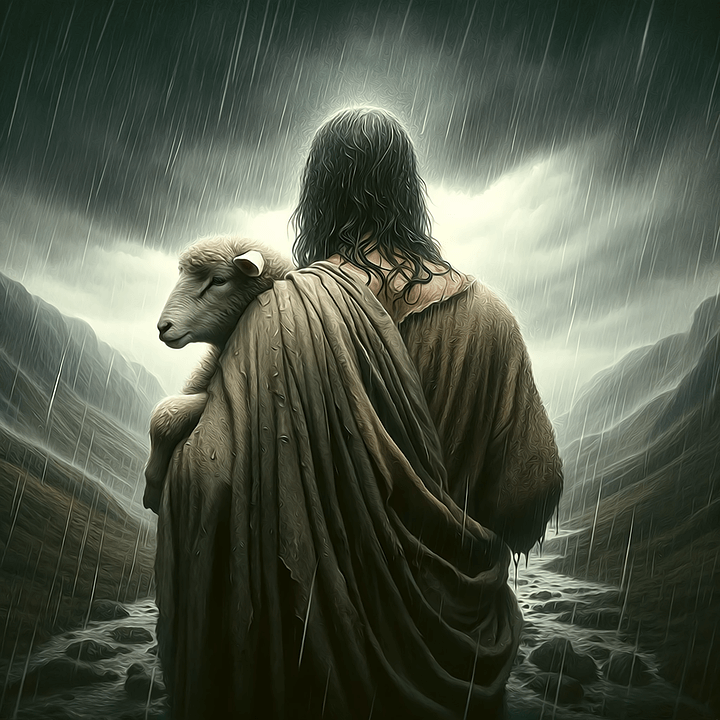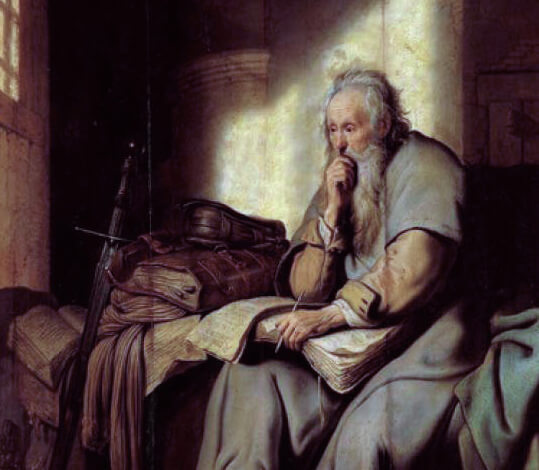I imagine each of us has a different story of how we came to love organ music. Two things did it for me as a missionary kid growing up at the foot of Mt. Kilimanjaro: a 7-inch extended play 45-rpm recording of Thurston Dart playing some of Handel’s Aylesford pieces*, and a one-manual, 6-stop Walcker tracker organ that arrived in crates, a gift to our local church, from the Leipzig Missionary Society. My Dad, who had a bit of an engineering background, got the job of putting it together, and I, with some guidance from my piano teacher, got to play for services.
Three decades later, as the Chair of the Liturgy and Music Commission of the diocese where I served before moving to Toronto, I watched more and more congregations moving away from organ music, and for a variety of reasons: Fewer and fewer people could play the organ (at one point I read a frightening remark that there were more organ builders than organ majors—not a sustainable situation); for others, the organ represented the past, and signified an aesthetic with severe limitations. The expense of a pipe organ was another barrier, and in more than one situation, I was called in to mediate conversations between church members who felt it was immoral to be spending so much money on an organ, money that should better be given to the poor. In every instance, I tried to help people understand that both/and had a few advantages over either/or.
There is a reason, I have come to believe, that the organ became the archetypical musical instrument of the church—quite apart from all the glorious music that has been written for it. As the all-time champion of wind instruments, the organ is the perfect metaphor for the relationship between God and the Church. You probably have heard that, in both Hebrew and Greek (the principal languages of the Bible), the words for Spirit, wind, and breath are the same: in Hebrew it’s ruah; in Greek, pneuma. The wind that makes the pipes of an organ sound, and the breath that enables us to sing, are both like the Spirit of God, that blows where it will, breathing life into us and empowering us to do the things God has given us to do.
The Valley of Dry Bones reading, which we usually hear at the Easter Eve service, suggested itself, because all summer, the pipes and parts of this great instrument lay strewn about the church like so many bones, bleached by the sun, as they waited their turn to be reassembled so that, when the wind was turned on again—naturally, it blew a fuse the first time—the breath of life would course through the organ’s winding.
In its nearly 40 years of life, this instrument has comforted mourners at funerals, brought joy to hundreds of baptisms and wedding parties, and of course, helped a congregation to raise its voice in praise to God each week. In the decades to come, it will bring joy and comfort and inspiration to thousands of listeners and worshippers, and for this we give glory to God, and gratitude to the Rathgeb family and to the congregation of Deer Park United Church for the vision to bring this fine instrument to life so that we might all enjoy its beauty and power for generations to come.
- Recorded on “one of the largest and most beautiful of the 17th
century English organs still remaining.” [1958] St. John’s Church,
Wolverhampton





